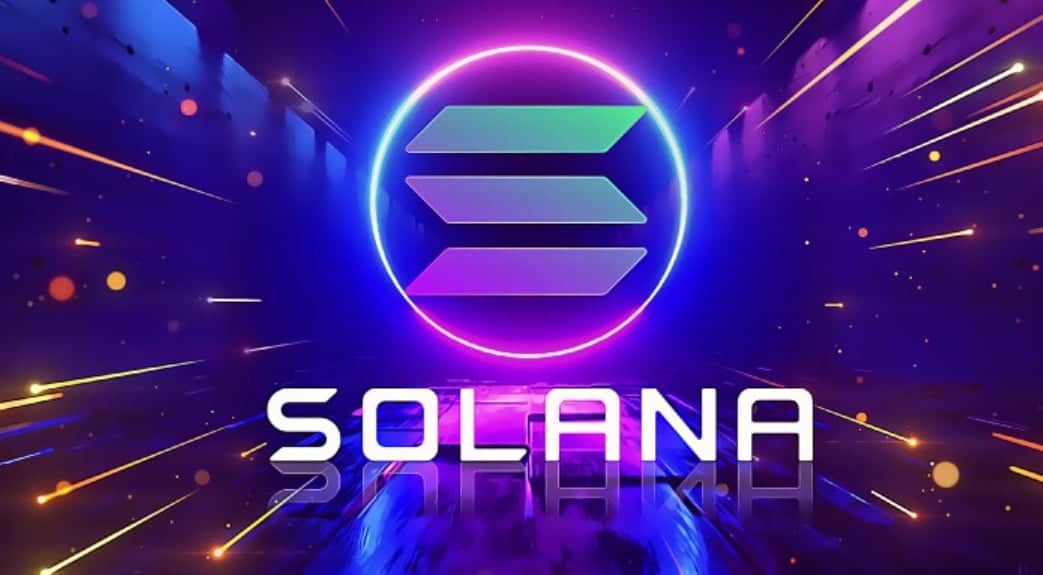First phase of Ethereum merger, the biggest thing in crypto since Bitcoin, goes live
Upgrade aims to make the most widely used blockchain 99% more energy efficient.
NurPhoto via Getty Images
Imagine having to change the engine of a spaceship midway. A similar task faces Preston Van Loon and a couple dozen other developers working on a critical software upgrade for Ethereum, the blockchain that underpins thousands of decentralized applications and ether, a cryptocurrency with a market cap of $190 billion.
After years, the upgrade entered its first phase — called Bellatrix — at 7:34 a.m. EST today, setting the stage for the blockchain’s merger with another decentralized ledger called the Beacon Chain and changes to the economy of ether (ETH). If all goes well, around September 15, Ethereum will adopt Beacon Chain’s method of processing transactions, proof-of-stake, which is about 99.95% more energy efficient than the current proof-of-work mechanism.
Ethereum Foundation
“We’ve been testing the merger for maybe a year at this point,” says Van Loon. “We don’t get much sleep partly out of excitement and partly out of some anxiety because it’s such a big deal with so much at stake.”
No major blockchain has faced an overhaul of this scale.
“I consider this the most significant catalyst in crypto history in terms of its scale and the fact that ETH is the second largest crypto,” said Travis Kling, chief investment officer at crypto asset management firm Ikigai.
The merger “lays the foundation for a more scalable chain, one that is more usable by the general public,” notes Joseph Ayoub, global infrastructure analyst at Citi.
To be clear, users are unlikely to experience significant changes in the immediate aftermath of the merger. According to a Citi research report, the time needed to add a new block to the chain will simply drop to 12 seconds from 13.6, “marginally” affecting Ethereum’s transaction processing capacity and fees. They will improve with a series of further upgrades, according to Ethereum co-founder Vitalik Buterin. “At the end of the roadmap, Ethereum will be able to process 100,000 transactions per second,” – more than the current 15 – Buterin promised at the Ethereum Community Conference in Paris in July.
What will fundamentally change, however, is the nature of ether, Ethereum’s original cryptocurrency. Ethereum’s move to proof-of-stake solidifies ether as a return-bearing asset (the network’s validators currently earn around 4.2% annually) and is expected to reduce ETH’s issuance, coincidentally also by 4.2% a year, improving the asset’s prospects as a store . of value, according to Ayoub.
Matt Hougan, Chief Investment Officer at Bitwise Asset Management–which operates the world’s largest crypto index fund–belongs to a significant group of investors who believe that ether may soon become the most valuable cryptocurrency. In addition to the new economic model, Ethereum’s transition to near-carbon neutrality could draw a horde of institutional investors worried about environmental mandates. “It’s entirely possible that we’ll see ethereum overturn bitcoin at some point in the future,” he says. “It’s going after, in my view, a larger addressable market.” Currently, ether’s $190 billion capitalization trails bitcoin’s $381 billion in a crypto market worth just under $1 trillion. Stablecoin tether follows close behind at $67.5 billion
That said, “anyone who expects the merger to happen on September 15th and the ETH price to double, I think, will be very disappointed,” warns Hougan. “If you look at other pre-planned events in crypto, like the bitcoin halving, there is often a sell-the-news phenomenon in the weeks surrounding the event.”
If the merger succeeds, Ethereum would come much closer to its original vision of the “world computer,But what could go wrong?
“Anything,” Van Loon acknowledges. “Software is fallible, people are fallible. We expect and are ready for any kind of activity, any kind of chaos.” He says there could be operator error or bugs that make a protocol more difficult to run, but is optimistic: “We think that because we have so many different software, we have options. It’s like if your rocket ship exploded on launch after you have tested it a million times, but you have another rocket you can use. It’ll take a few weeks to pick up the pieces, something like that.”
Ayoub points to the risk of another delay or a fork. The latter would essentially be a blockchain split, it would allow the miners to disconnect from Ethereum after merging and attempt to preserve the proof-of-work version of the chain. After all, when Ethereum moves to proof-of-stake, they will lose their source of income. If so, new tokens could be created, but it remains unclear how much they might be worth or if they would be accepted by vendors in the same way that ether is.
All major crypto exchanges including Binance, Coinbase, Kraken and FTX announced that they plan to temporarily halt deposits and withdrawals for ETH and Ethereum-based tokens at various points during the merger, although spot trading will remain largely unaffected.
“Whatever the outcome may be, whether a new token is created, whether it’s an airdrop [ether holders could get free tokens equal to their ETH balances in case of a fork], we will make sure that we open up spot markets as soon as possible. There is less risk there, says Haider Rafique, market manager at cryptocurrency exchange OKX. “Obviously there’s more risk on the derivatives side, not only in terms of how the configuration is handled, but also on our side. Can we support that from a fiscal standpoint? For derivatives, we need a little more information.” The pause in deposits and withdrawals is necessary to ensure that the order books are calibrated and that all systems work as they should, he explains.
“We don’t risk customer funds during that journey,” says Rafique. “We know that anything can happen before the merger actually takes place.”

